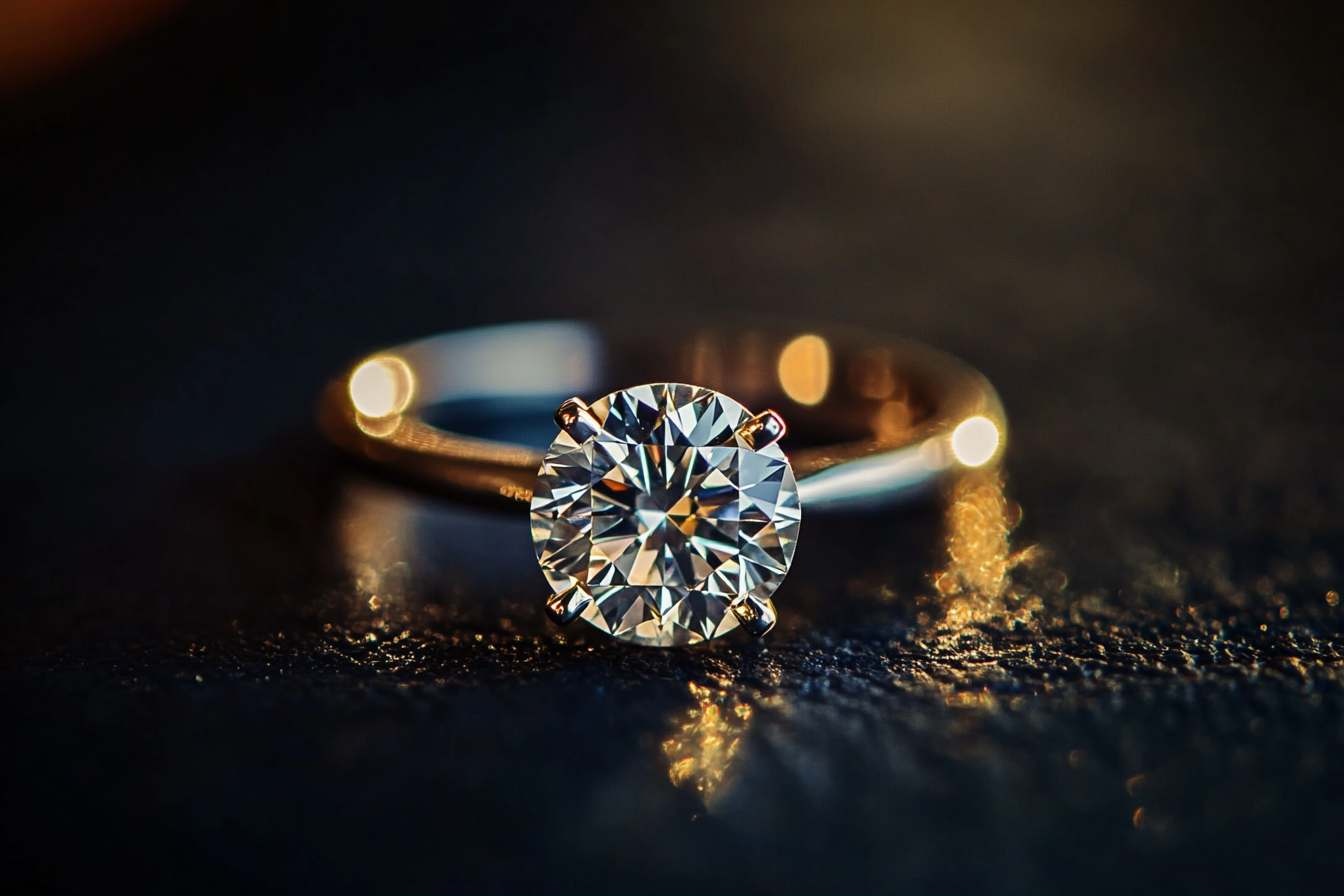Lab Grown Diamond Rings: A Modern Choice for Quality, Value, and Style in 2025
Lab grown diamond rings are becoming a popular option for those seeking quality and value. This guide explains what sets them apart, what to look for when shopping, and how sales trends are changing in the United States and worldwide—including where to find the latest offers.

What Are the Key Benefits of Lab Grown Diamond Rings?
Lab grown diamonds present several compelling advantages over their natural counterparts. These diamonds are created in controlled laboratory environments using advanced technological processes that replicate the natural diamond formation. The primary benefits include lower cost (typically 30-50% less expensive than natural diamonds), guaranteed ethical sourcing, and reduced environmental impact. Additionally, lab grown diamonds offer identical durability and brilliance to natural diamonds, making them an excellent choice for engagement rings and fine jewelry.
How Do Lab Grown Diamonds Differ from Natural Diamonds?
The fundamental difference lies in origin rather than composition. Lab grown diamonds are created through either High Pressure-High Temperature (HPHT) or Chemical Vapor Deposition (CVD) processes, while natural diamonds form over millions of years underground. Chemically and physically, they are identical to natural diamonds, featuring the same crystal structure and optical properties. Even professional gemologists require specialized equipment to distinguish between the two types.
What Are the Current Price Trends for Lab Grown Diamonds?
The lab grown diamond market has seen significant price shifts in recent years. As production technology improves and more manufacturers enter the market, prices continue to decrease while quality remains high.
| Carat Size | Lab Grown Price Range | Natural Diamond Price Range |
|---|---|---|
| 1.0 ct | $1,500 - $2,500 | $4,000 - $6,000 |
| 1.5 ct | $2,500 - $3,500 | $8,000 - $12,000 |
| 2.0 ct | $4,000 - $6,000 | $15,000 - $25,000 |
Prices, rates, or cost estimates mentioned in this article are based on the latest available information but may change over time. Independent research is advised before making financial decisions.
How Can You Choose a High-Quality Lab Grown Diamond Ring?
Selecting a high-quality lab grown diamond involves evaluating the same criteria as natural diamonds - the 4Cs (Cut, Color, Clarity, and Carat weight). Look for certificates from reputable grading laboratories like IGI or GCAL, which specifically grade lab grown diamonds. Pay particular attention to the cut grade, as this factor most significantly affects the diamond’s brilliance and overall appearance. Additionally, consider the setting style and metal choice that best complements your selected stone.
What Should You Know About Certification and Warranties?
When purchasing a lab grown diamond ring, ensure it comes with proper certification from recognized laboratories. Reputable sellers should provide detailed documentation about the diamond’s specifications and growth process. Many retailers also offer warranties covering manufacturing defects and setting issues. However, unlike natural diamonds, lab grown diamonds typically don’t retain resale value, so consider this factor in your purchase decision.
In conclusion, lab grown diamond rings represent a modern choice that combines quality, value, and style. Their identical physical properties to natural diamonds, coupled with significant cost savings and ethical advantages, make them an increasingly popular choice for engagement rings and fine jewelry. As technology continues to advance and the market matures, lab grown diamonds will likely continue to reshape the future of the jewelry industry.




